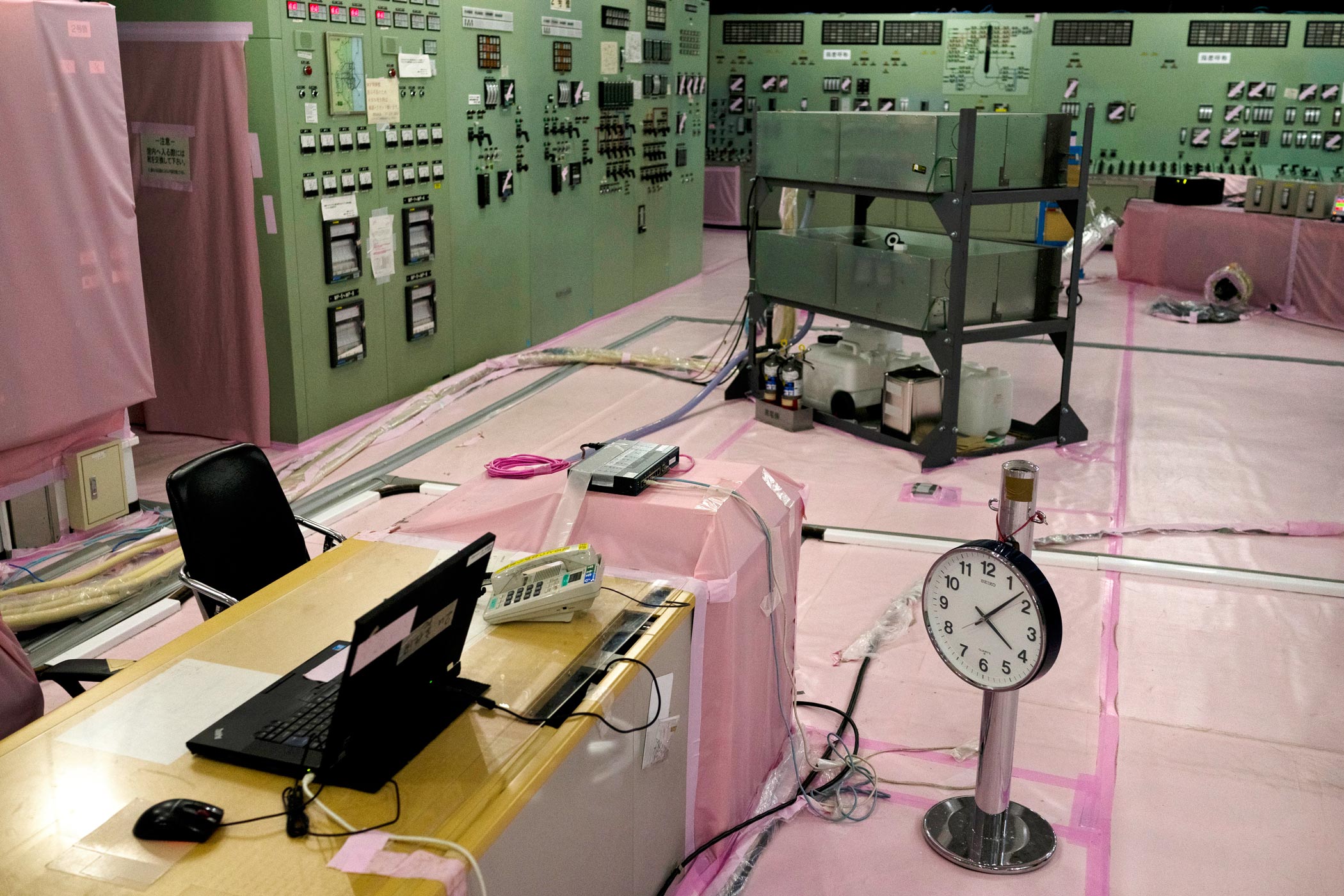
Our gas masks are on, as are three pairs of gloves secured with tape, two pairs of socks, rubber boots, a hard hat and a hazmat suit that encases our bodies in polyethylene. Ice packs cool our torsos, but photographer Dominic Nahr, reporter Chie Kobayashi and I start sweating. Maybe it’s nerves, or maybe it’s just the sticky humidity of summertime Japan.
Soon we approach the Fukushima Daiichi nuclear power plant—ground zero of the worst atomic meltdown since Chernobyl. Dosimeters around our necks record the rising levels of radiation. After the 9.0 earthquake and subsequent tsunami on March 11, 2011, the aging plant on Japan’s northeastern coast suffered a total power failure, causing the cooling system to shut down…
More Must-Reads from TIME
- Why Trump’s Message Worked on Latino Men
- What Trump’s Win Could Mean for Housing
- The 100 Must-Read Books of 2024
- Sleep Doctors Share the 1 Tip That’s Changed Their Lives
- Column: Let’s Bring Back Romance
- What It’s Like to Have Long COVID As a Kid
- FX’s Say Nothing Is the Must-Watch Political Thriller of 2024
- Merle Bombardieri Is Helping People Make the Baby Decision
Contact us at letters@time.com